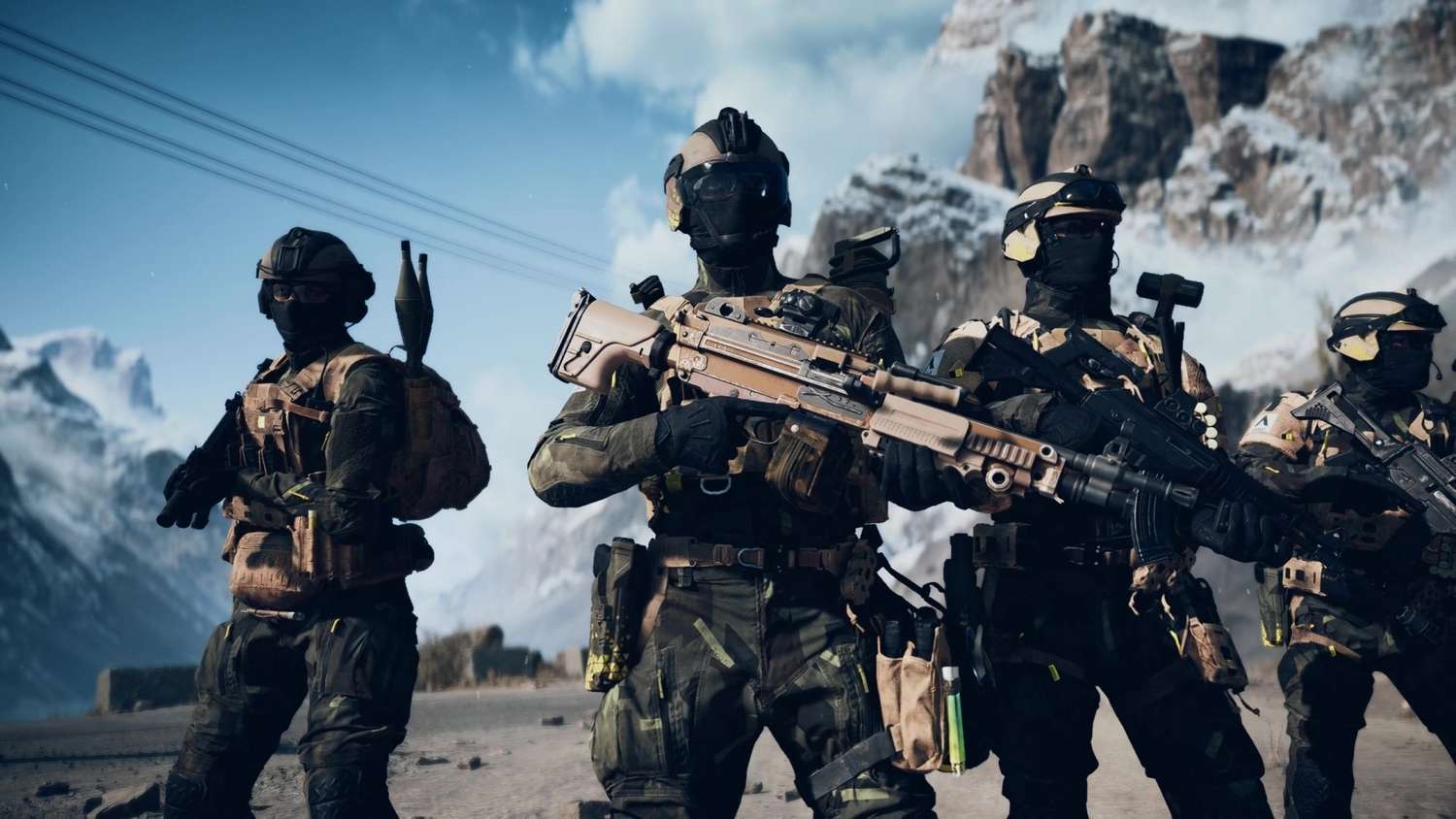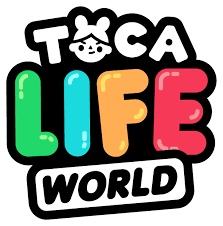The Unseen Triumph: More Battlefield 6 Players Finished the Campaign Than Gaming Analysts Projected
Popular Now
 Free Fire
Free Fire
 FIFA 23
FIFA 23
 R.E.P.O
R.E.P.O
 Toca Boca World
Toca Boca World
 Valorant
Valorant
 League of Legends
League of Legends
 Geometry Dash
Geometry Dash
 NBA 2K24
NBA 2K24
 Fall Guys
Fall Guys
 Rust
Rust
 REDWOOD CITY, CA – In a clear, but unexpected, shift within the competitive landscape of modern military FPS gaming, preliminary data from in-game achievement tracking suggests that the single-player campaign for the highly anticipated Battlefield 6 has achieved a notably higher completion rate than anticipated by key gaming industry trends and several prominent analysts. While historically, the Battlefield franchise has been synonymous with its explosive and massive-scale multiplayer engagement, this new information challenges the conventional wisdom that single-player modes in the genre are increasingly becoming secondary, disposable content.
REDWOOD CITY, CA – In a clear, but unexpected, shift within the competitive landscape of modern military FPS gaming, preliminary data from in-game achievement tracking suggests that the single-player campaign for the highly anticipated Battlefield 6 has achieved a notably higher completion rate than anticipated by key gaming industry trends and several prominent analysts. While historically, the Battlefield franchise has been synonymous with its explosive and massive-scale multiplayer engagement, this new information challenges the conventional wisdom that single-player modes in the genre are increasingly becoming secondary, disposable content.
The core narrative of Battlefield 6—a globe-trotting tale of a world on the brink, featuring intense military set-pieces and a more personal story—was met with mixed critical reviews upon launch, with many reviewers pointing to the campaign as the weaker link compared to the robust 64-player online experience. However, the sheer volume of players who picked up the title has fundamentally altered the interpretation of Campaign Playthrough Statistics.
The latest figures, extrapolated from achievement data across major platforms—including PlayStation 5, Xbox Series X/S, and PC via the EA App and Steam—indicate that a significant portion of the game’s record-breaking launch audience invested the time required to see the story through to its dramatic conclusion. While specific, officially confirmed figures from Electronic Arts (EA) remain proprietary, the percentage of players unlocking the final ‘Triumph’ achievement or trophy is considerably higher than the often-dismal rates seen in previous Battlefield installments, such as the low-single-digit figures reported for Battlefield V.
Why the Unexpected Campaign Completion Rate?
The surprise over the high completion rate is rooted in several interconnected factors, largely driven by player behavior and the game’s overall success.
- Record-Shattering Launch Sales: Battlefield 6 was a massive commercial success, breaking franchise records with over 7 million copies sold in the initial launch window. Even if the completion percentage is modest (e.g., 15-20%), applying that to a base of several million results in an absolute number of completed campaigns far surpassing expectations. This high volume is a key indicator for Triple-A titles in the current market.
- Critical Consensus and Curiosity: Despite the single-player experience receiving lukewarm reviews (averaging around a 5/10 from major outlets), this may have inadvertently sparked player curiosity. The contrast between the campaign’s average critical reception and the multiplayer’s positive performance (a confident return to 64-player chaos) could have prompted players to judge the campaign for themselves.
- Technical Stability and Next-Gen Console Performance: Unlike some previous high-profile launches in the franchise, Battlefield 6 was noted for a relatively stable technical launch, particularly on Next-Gen Console Performance. A smoother, less-buggy experience encourages players to remain engaged and complete the shorter 6-8 hour narrative without the frustration that often leads to early abandonment.
- A Return to Traditional Structure: Following the multiplayer-only approach of Battlefield 2042 at launch, the mere inclusion of a dedicated, cohesive narrative campaign in Battlefield 6 was viewed by many long-time fans as a welcome return to form. This traditional structure may have driven a certain segment of the user base who prioritizes the ‘full package’ experience.
The Context of Declining Single-Player Engagement
 For years, data has shown a consistent decline in the percentage of players who complete the single-player modes of multiplayer-focused FPS games. This trend is often cited by publishers to justify shifting development resources almost entirely toward lucrative live-service content, battle passes, and cosmetic microtransactions—all areas with a significantly higher potential for revenue generation, driving up the crucial cost per click (CPC) value of related advertising keywords.
For years, data has shown a consistent decline in the percentage of players who complete the single-player modes of multiplayer-focused FPS games. This trend is often cited by publishers to justify shifting development resources almost entirely toward lucrative live-service content, battle passes, and cosmetic microtransactions—all areas with a significantly higher potential for revenue generation, driving up the crucial cost per click (CPC) value of related advertising keywords.
For context, historical data shows a clear drop-off (Source: Various Achievement Tracking Platforms and Industry Estimates):
- Battlefield 3 Campaign Completion: Approximately 30%
- Battlefield 4 Campaign Completion: Approximately 22%
- Battlefield V Campaign Completion: Approximately 9%
If Battlefield 6 manages to push this figure back into the mid-to-high teens or even higher, it represents a substantial reversal of fortune for the series’ Single-Player Experience. This high number validates the development studio’s decision to re-invest in a core narrative, despite the mixed reviews on its execution.
Impact on the Future of the Battlefield Franchise
The surprising uptake in campaign completion has significant implications for the strategic direction of the entire franchise and may affect the calculus for other publishers developing rival Triple-A titles.
The Multiplier Effect: Revenue and Retention
While campaign completion itself does not directly generate post-launch revenue, it has a profound multiplier effect on player retention and overall franchise health. Players who complete the campaign are often more deeply invested in the game’s lore, characters, and world-building, which makes them more receptive to Seasonal Content and the live-service roadmap.
Strong Player Retention: A deep initial investment, such as completing a single-player story, creates a higher psychological barrier to dropping the game entirely. These players are more likely to transition seamlessly into the core multiplayer experience, purchase the Season 1 Battle Pass—titled ‘Rogue Ops’—and remain active community members, which is vital for maintaining the high concurrent player counts necessary for a successful live-service model.
Validation of Narrative Investment: The high completion numbers provide necessary data for EA and the associated studios (DICE, Criterion, Motive, and Ripple Effect) to justify continued, perhaps even increased, investment in narrative design for future installments. The campaign has traditionally been a powerful tool for introducing players to the core mechanics, advanced weapon handling, and vehicle controls in a low-pressure environment before they jump into the intense online fray. If more players are completing this tutorial-by-story, it ultimately benefits the overall quality of the competitive multiplayer matches.
The Competitive Edge: In the ongoing, decades-long rivalry with competing franchises, having a single-player mode that a considerable number of players actually finish is a significant competitive differentiator. It allows Battlefield 6 to claim the mantle of a more complete, holistic package compared to titles that may heavily de-emphasize their narrative offerings or cut them entirely.
 Key Takeaways for the Gaming Industry
Key Takeaways for the Gaming Industry
The Battlefield 6 campaign completion story serves as a crucial case study for the wider gaming industry. It suggests that the perceived disinterest in single-player experiences in this genre might be overstated, particularly when dealing with the colossal player bases of Triple-A titles like Battlefield.
- Volume Trumps Percentage (Up to a Point): A small completion percentage of an enormous launch player base still translates to a massive, successful number of players who engaged with the content. Publishers must start balancing the traditional completion rate metric with the total number of unique players involved.
- Quality of Life Enhancements Matter: The stable launch and general ease of the experience (low barrier to entry) played a crucial role in preventing drop-off. A frustrating technical experience is the fastest way to drive down completion rates.
- The Full Package Sells: Consumers, especially those buying the game at the premium retail price of $70, still value the offering of a dedicated Single-Player Experience, even if their primary long-term investment is in the multiplayer.
In conclusion, while the critical reception for the Battlefield 6 campaign may not have been stellar, its performance in terms of player completion is undeniably strong. This outcome is a compelling news story that may force a re-evaluation of development priorities across the FPS gaming sector, highlighting that a solid, albeit flawed, single-player mode remains a valuable component of a franchise built on massive multiplayer engagement. The future of Battlefield is online, but its foundation remains rooted in its ability to offer a comprehensive, engaging experience both with friends and alone.









